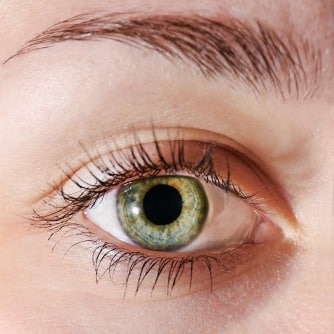Many forms of blindness result from the dysfunction or loss of retinal photoreceptors. Induced pluripotent stem cells (iPSCs) hold great potential for the modelling of these diseases or as potential therapeutic agents. M. Valeria Canto-Soler, from Johns Hopkins University (Maryland, USA), and colleagues have created a miniature human retina in the lab, that not only has the architectural organization of the retina but also has the ability to sense light. The team observed that the growth of retinal cells and tissue in petri dishes corresponded in timing and duration to retinal development in a human fetus in the womb. Importantly, the investigators noted that the photoreceptors were mature enough to develop outer segments, a structure essential for photoreceptors to function. When the retinal tissue was at a stage equivalent to 28 weeks of development in the womb, with fairly mature photoreceptors, the researchers tested these mini-retinas to see if the photoreceptors could in fact sense and transform light into visual signals. They did so by placing an electrode into a single photoreceptor cell and then giving a pulse of light to the cell, which reacted in a biochemical pattern similar to the behavior of photoreceptors in people exposed to light. The study authors submit that: “This success brings us one step closer to the anticipated use of [human induced pluripotent stem cells] for disease modelling and open possibilities for future therapies.”
Vision Restoration in the Not-So-Distant Future
Zhong X, Gutierrez C, Xue T, Hampton C, Vergara MN, Cao LH, Peters A, Park TS, Zambidis ET, Meyer JS, Gamm DM, Yau KW, Canto-Soler MV. “Generation of three-dimensional retinal tissue with functional photoreceptors from human iPSCs.” Nat Commun. 2014 Jun 10;5:4047.
RELATED ARTICLES




